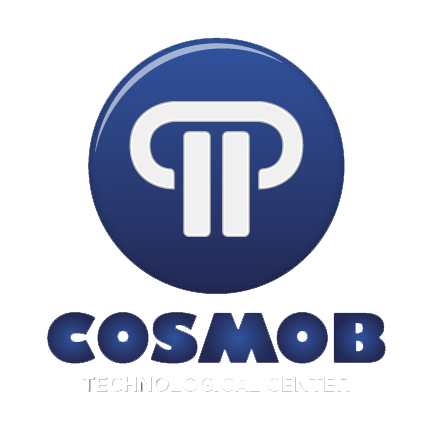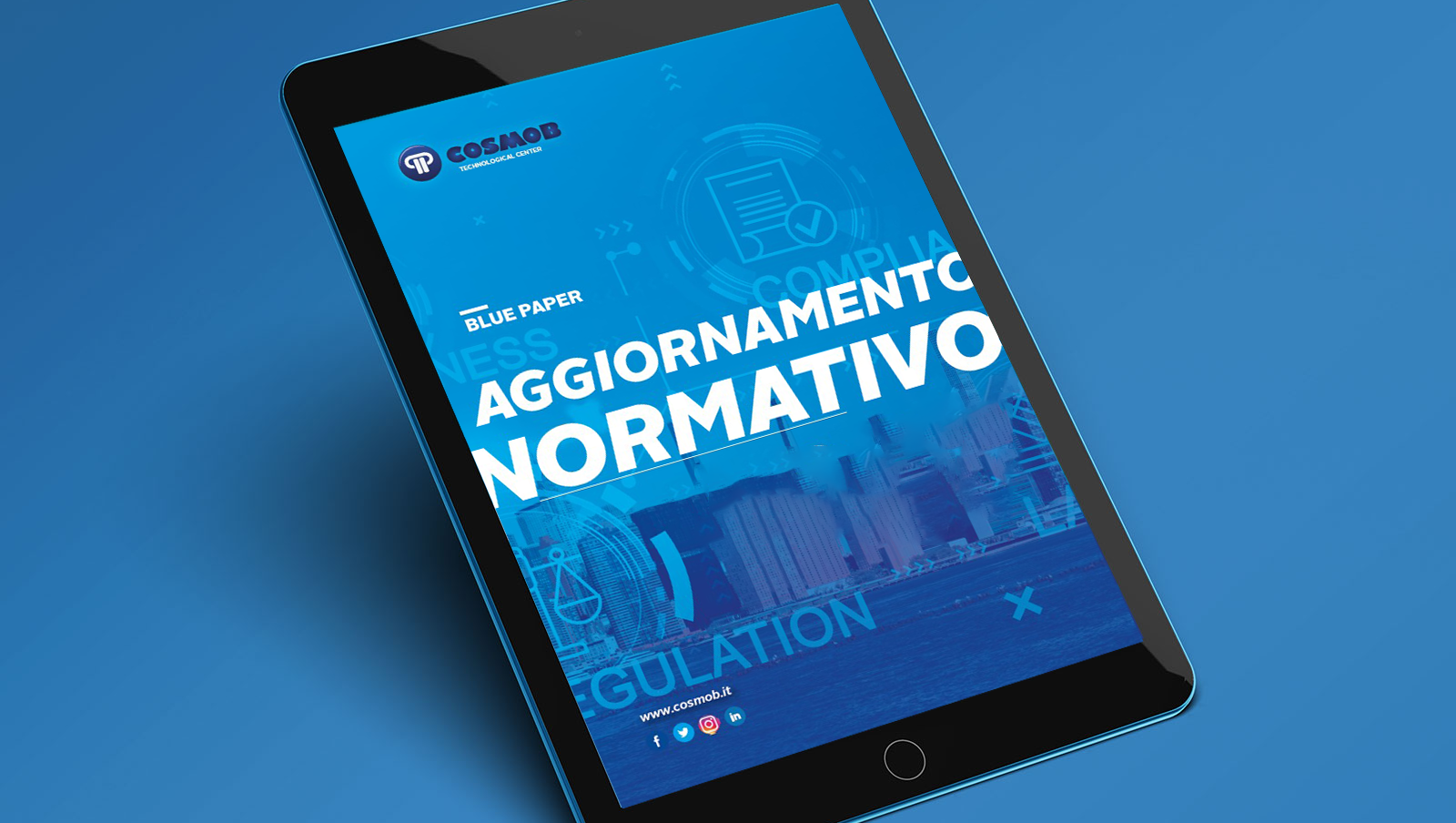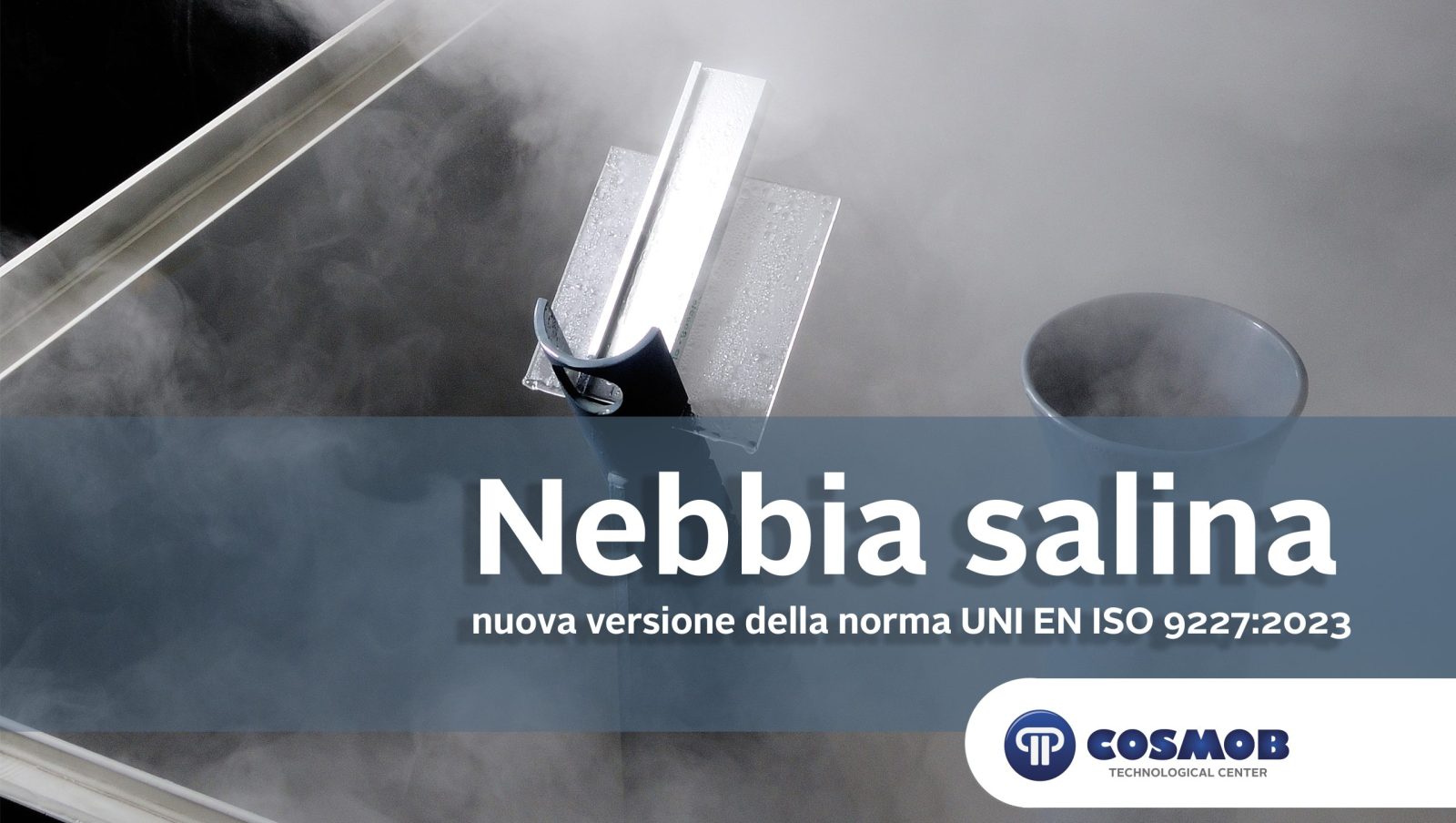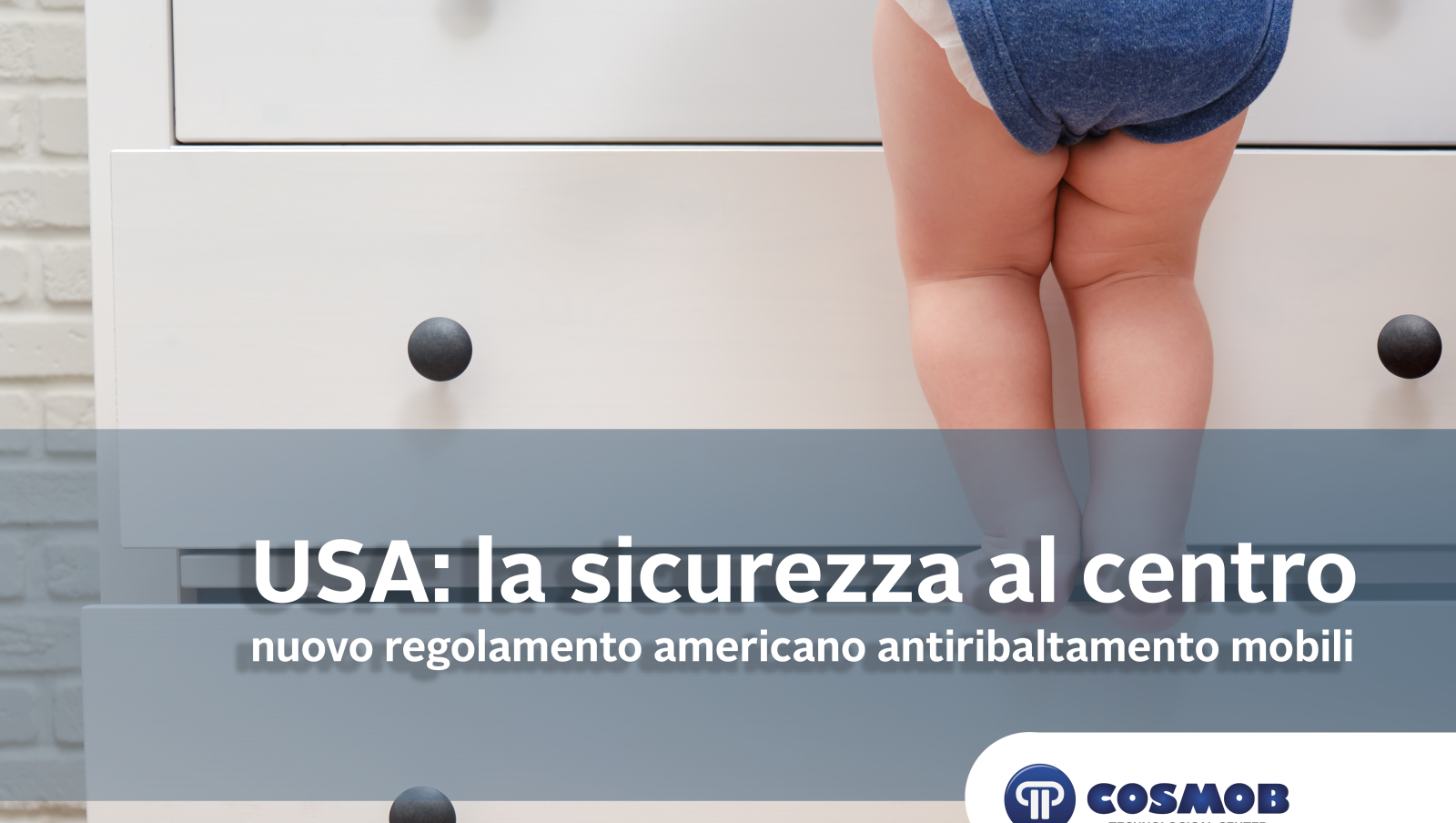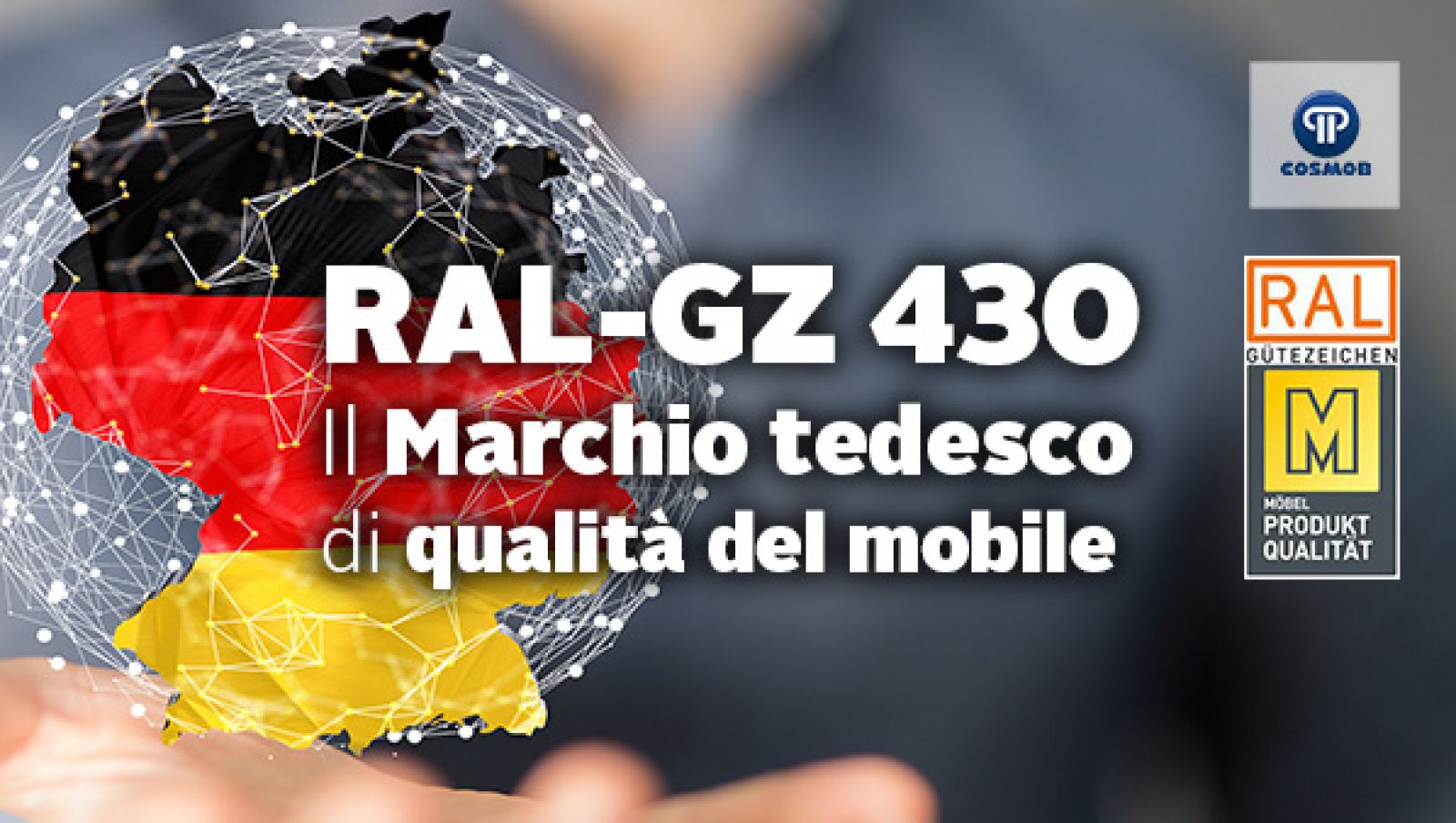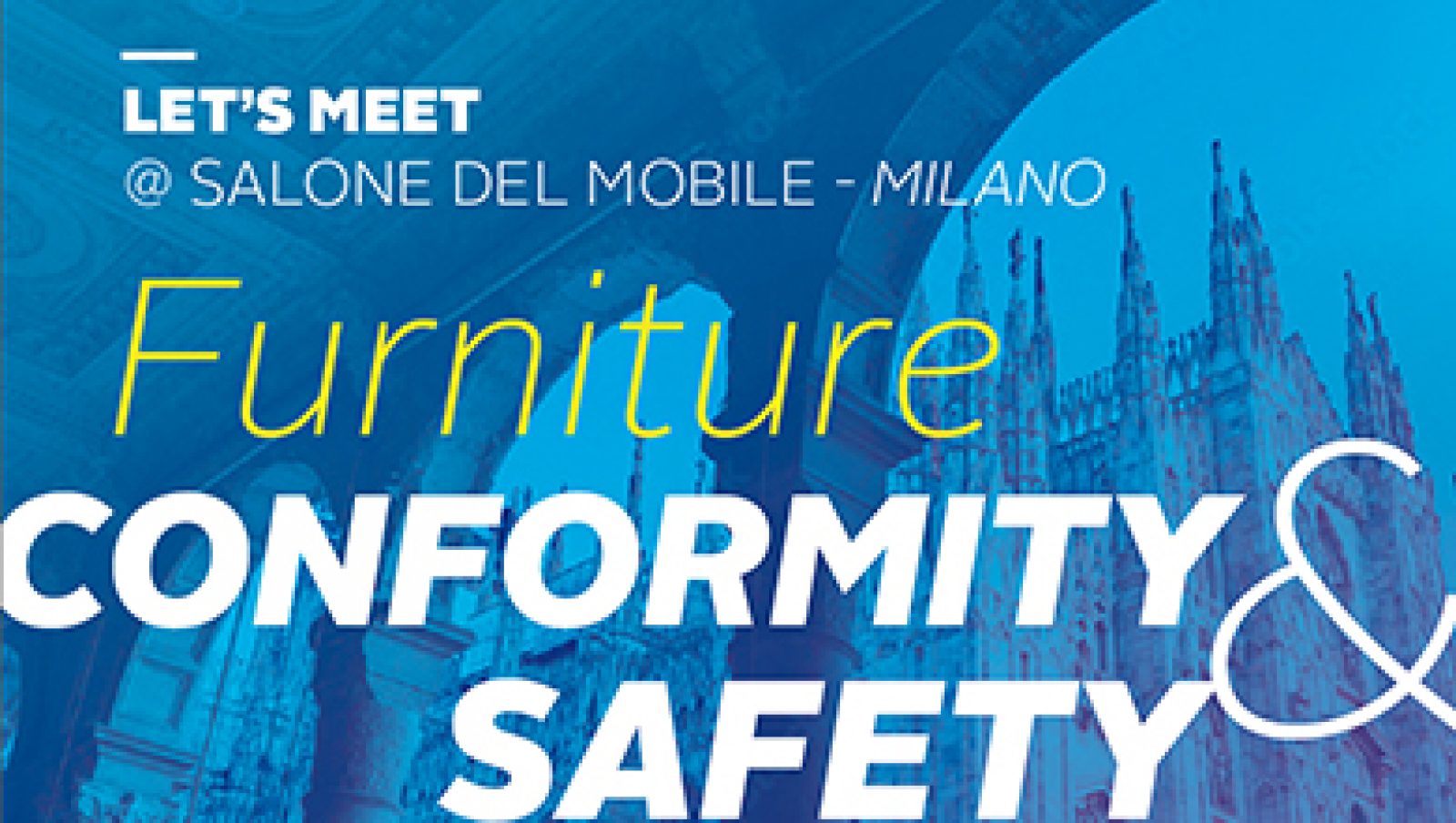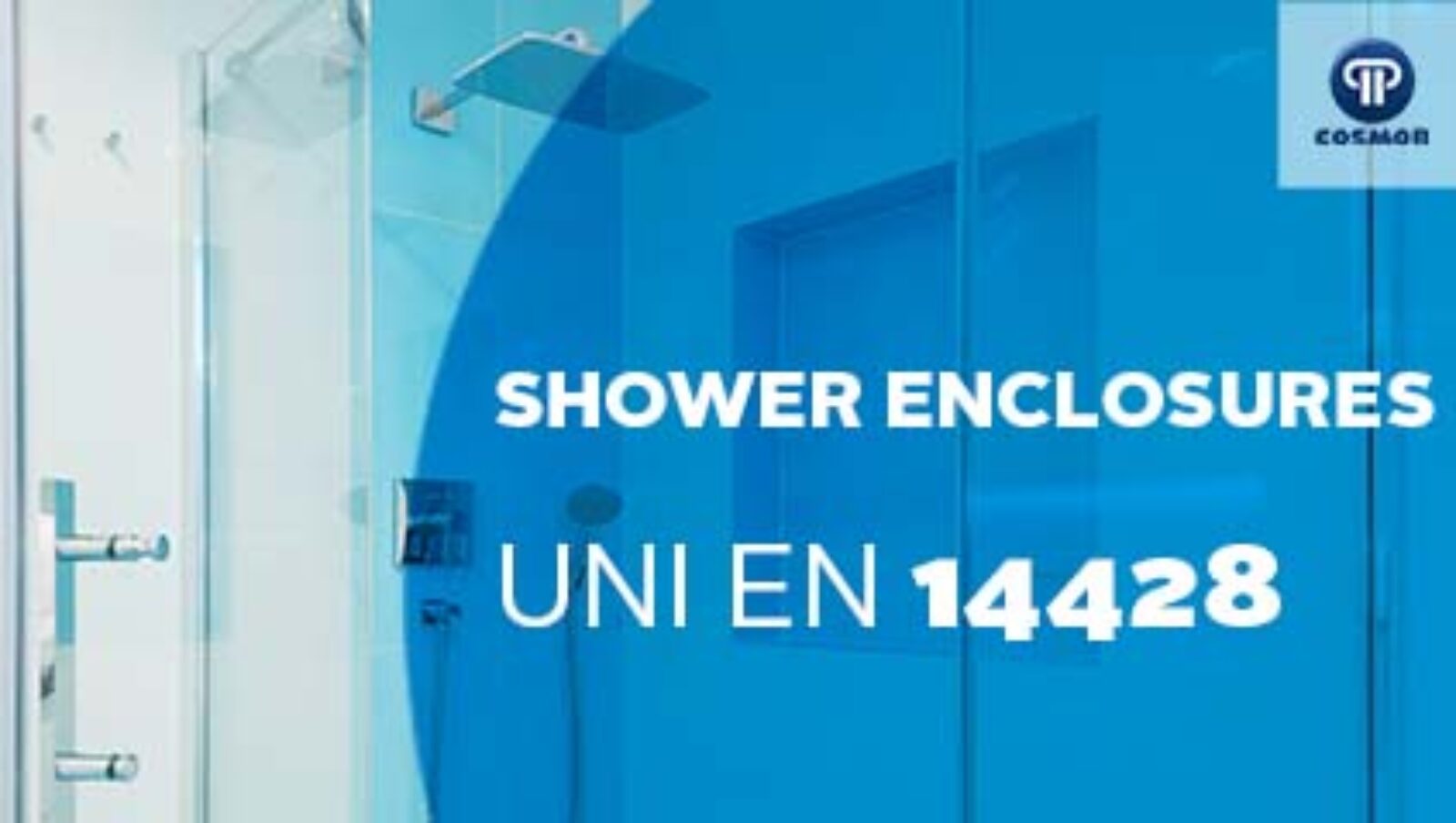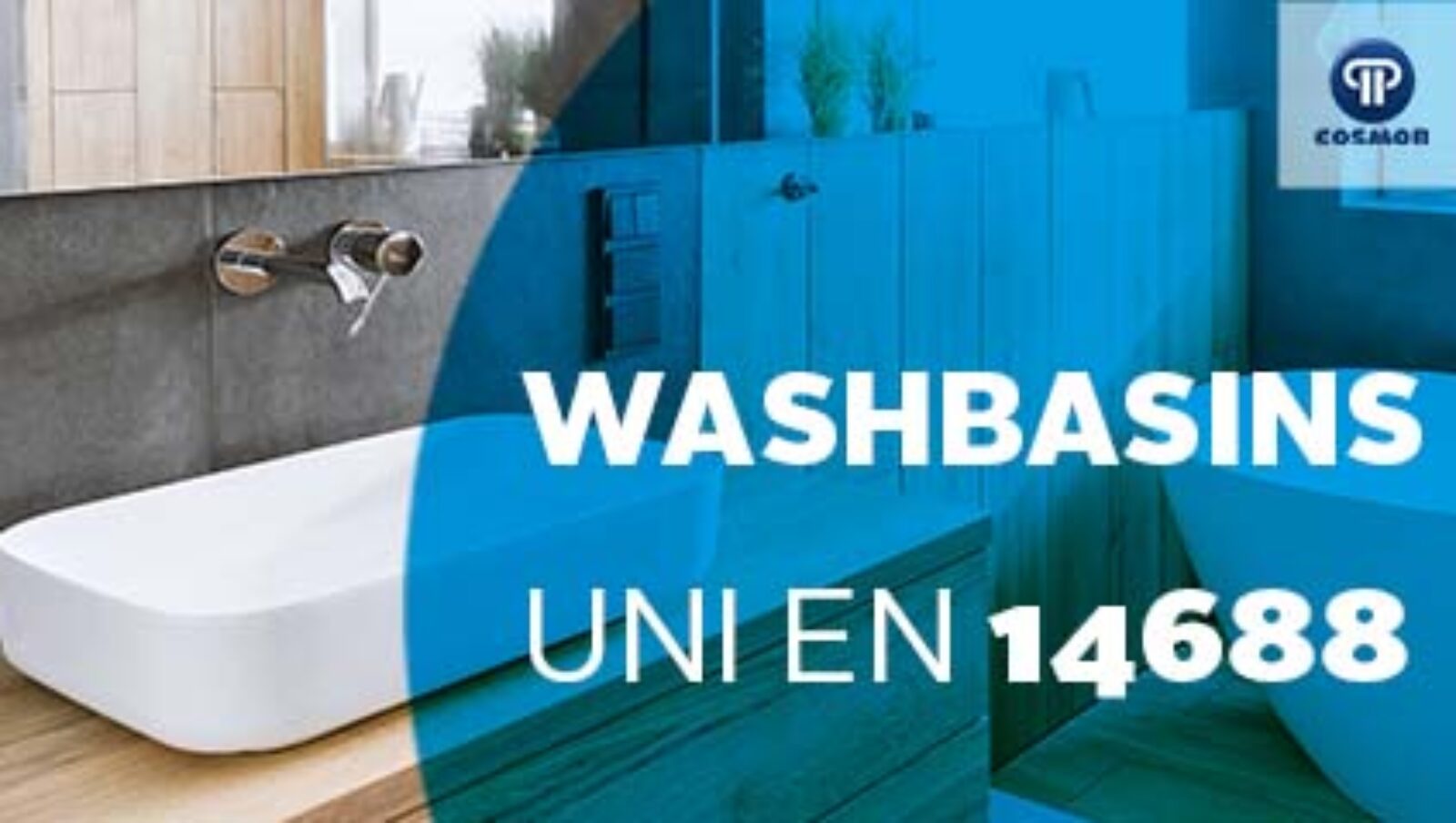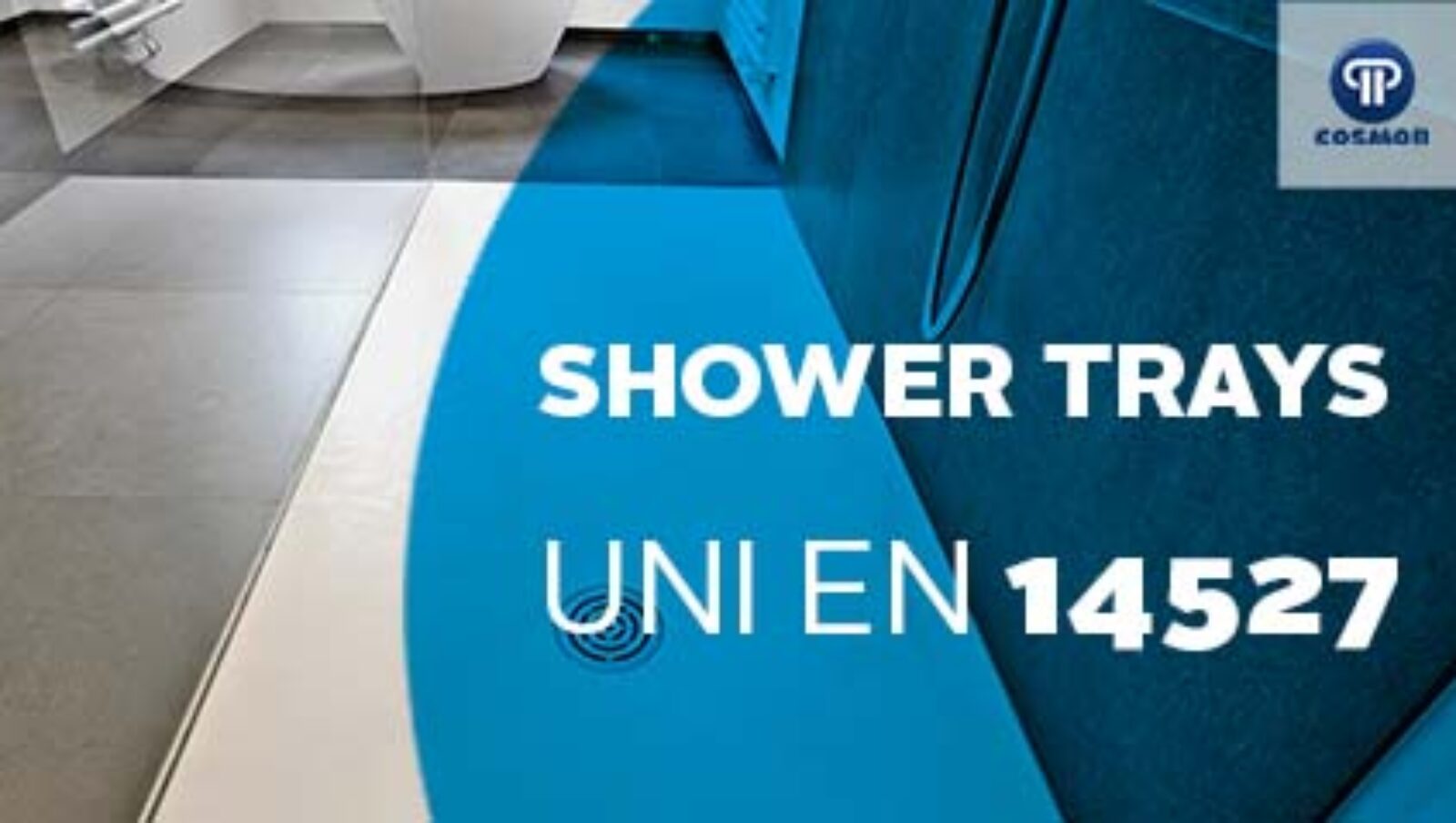📰 Blue Paper: 2022 regulatory update
Wednesday, 14 June 2023
An effective regulatory update is a way to guarantee companies the technical support to identify the standards (national, European and international) applicable to their productions. The objective of the monitoring that is regularly carried out by our technicians is to summarize the main regulatory changes that are determined by the entry into force of
- Published in Quality
No Comments
Salt spray: new version of the UNI EN ISO 9227:2023 standard
Thursday, 08 June 2023
Starting from 2 March 2023, the new version of the UNI EN ISO 9227 standard ‘Corrosion tests in artificial atmospheres – Salt spray tests’ is in force to evaluate the corrosion resistance of metallic materials, with or without permanent or temporary anticorrosive protection such as the metal components of the furniture or, for example,
- Published in Quality
USA Export: ASTM F2057-23 is the mandatory standard of garment storage furniture
Thursday, 08 June 2023
The United States Consumer Product Safety Commission (CPSC) has voted in favor of voluntary stability standard ASTM F2057-23 as a new mandatory safety standard for clothing storage furniture required under the STURDY Act “Stop Tip- overs of Unstable, Risky Dressers on Youth”. This results in the suspension and cancellation of the final CPSC regulation whose
- Published in Quality
Resistance of surfaces to temperature changes: the new UNI 9429
Monday, 25 July 2022
The main standard for assessing the effect of temperature changes on the surfaces of wooden artefacts and furniture has been updated. The standard does not apply to leather surfaces, coated fabrics, natural and synthetic textiles. The main changes introduced concern the typology and evaluation of tested samples: as far as the typology is concerned, the
- Published in Quality
RAL-GZ 430: the German furniture quality label
Thursday, 07 July 2022
The market is becoming progressively more attentive and receptive to issues such as quality, health and safety of furniture products, as they are present in the home and work spaces in which we tend to spend more and more time. What is RAL: the German furniture quality mark The RAL quality label identifies a ‘global’
- Published in Quality, Uncategorized
Conformity and safety of the furniture product
Thursday, 26 May 2022
The World Health Organization considers a building to be healthy and safe ‘if it is able to protect the health, promote the physical, social and mental well-being of its occupants through design, construction, maintenance and location that support a sustainable environment and a cohesive community’ (euro.who.int). Ensuring the safety, comfort and health of the people
- Published in Quality, Uncategorized
Shower enclosures: functional requirements for compliance with UNI EN 14428
Friday, 11 February 2022
The standard UNI EN 14428 “Shower enclosures – Functional requirements and test methods” specifies the characteristics of shower enclosures for domestic use so that the product guarantees satisfactory performance when installed and used correctly. What are the requirements for “standard” shower enclosures? Shower enclosures are panel or door arrangements (full or half height) installed around
- Published in Quality, Uncategorized
Normative update report 2021
Wednesday, 09 February 2022
As every year COSMOB intends to provide technical support to companies in the sector through the continuous monitoring of the regulatory framework. The objective is to summarize the main regulatory changes introduced in the current year in order to provide companies with useful information so that they can more easily adapt to the new standards.
- Published in Quality
Washbasins: functional requirements for compliance with UNI EN 14688
Tuesday, 08 February 2022
The standard UNI EN 14688 “Sanitary appliances – Functional requirements and test methods” specifies the functional requirements and test methods for washbasins for domestic use (including those installed in hotels, hostels, hospitals and similar buildings) and defines all the necessary characteristics of CE marking on these products. What are the requirements for a “compliant” washbasin?
- Published in Quality
Shower trays: functional requirements for compliance with the UNI EN 14527 standard
Tuesday, 08 February 2022
The UNI EN 14527 standard specifies the requirements, test methods and procedures for assessing the conformity of shower trays for domestic use. What are the requirements for a “compliant” shower tray? The shower tray for domestic use is a product whose main function is to retain water while using the shower and to direct the
- Published in Quality
